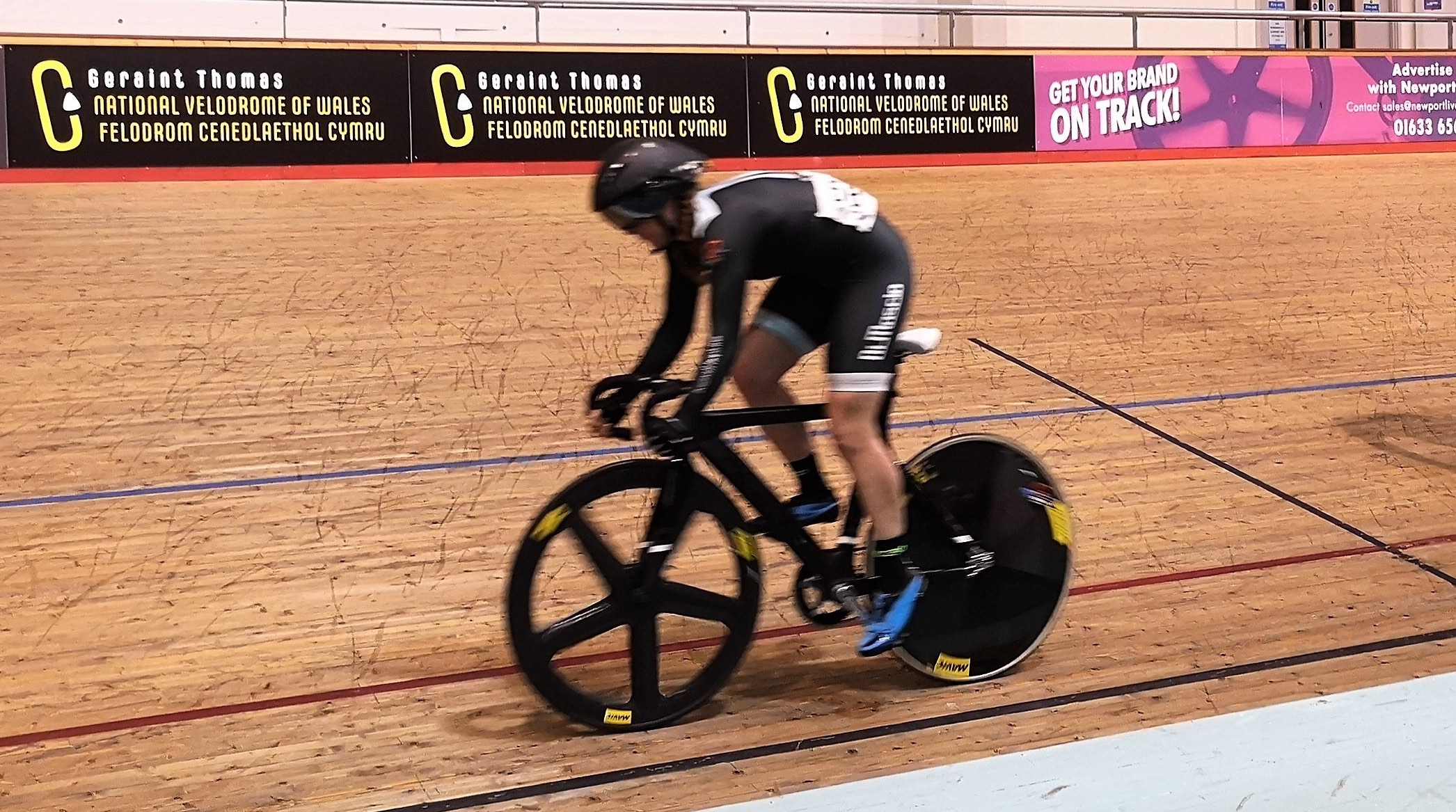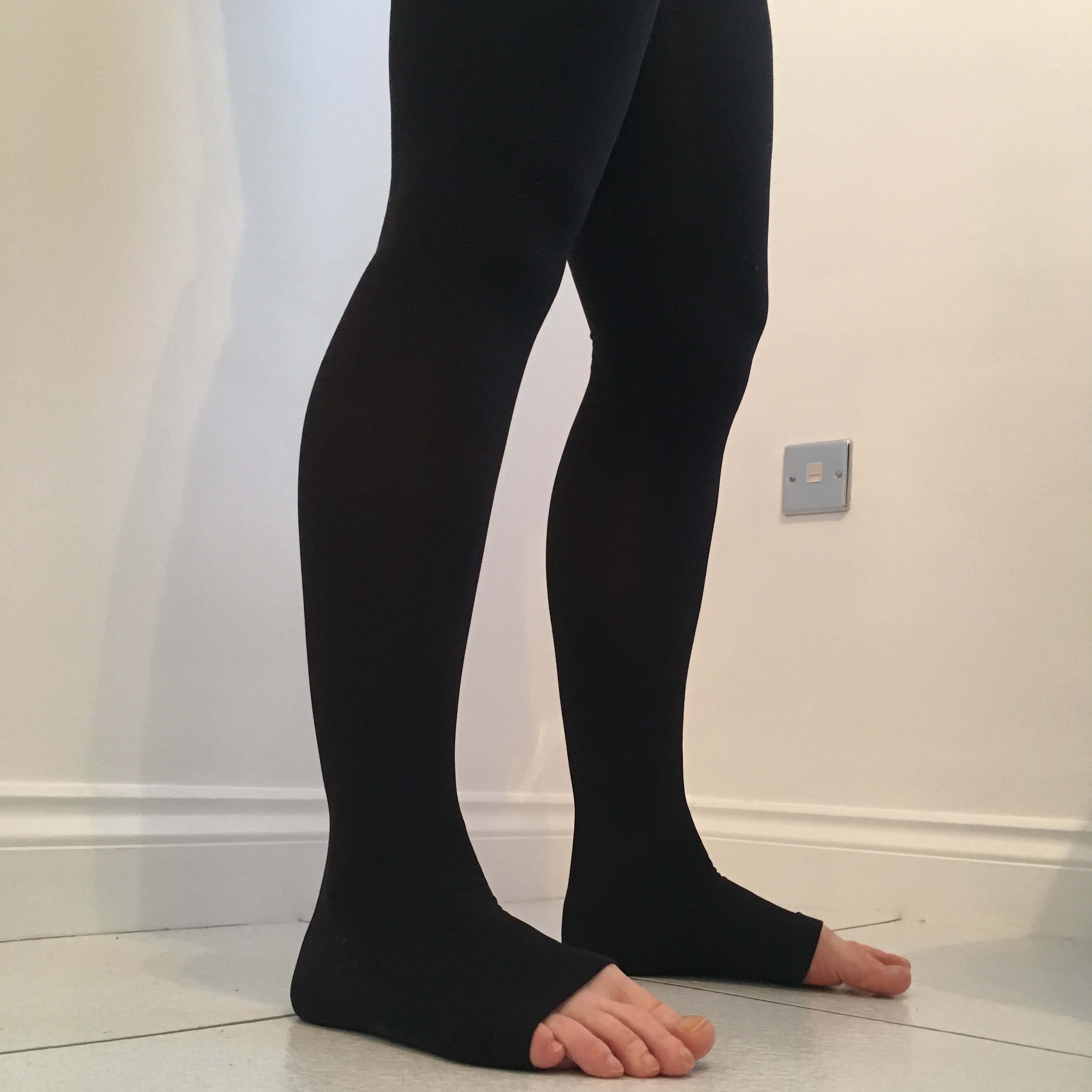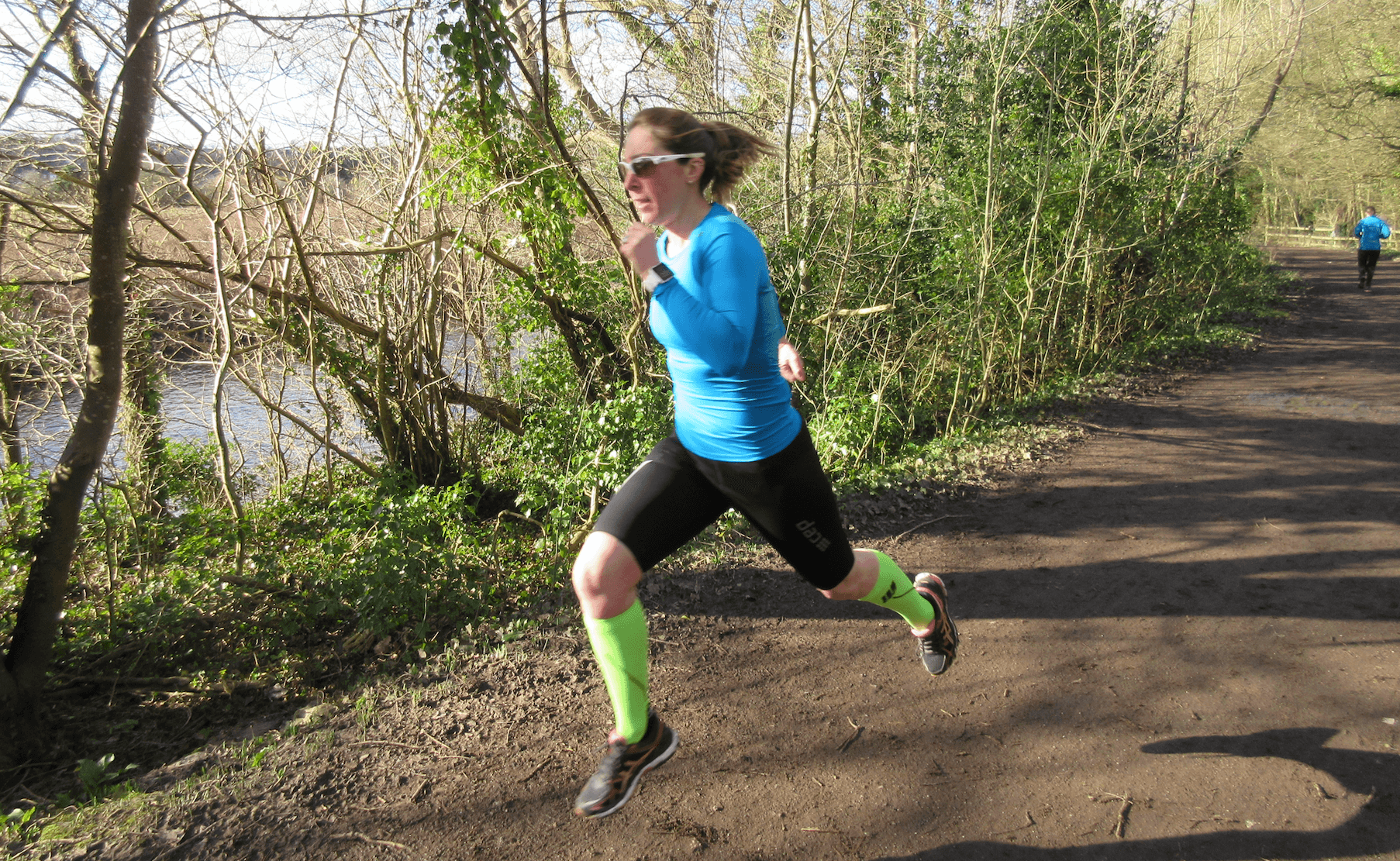Compression Garments in Sport - How can they benefit you, and the importance of clinical assessment
By Mike James | 25th September 2018 | Advice
By Naomi LovesaySpecialist Physiotherapist and Founder SPORTFIT PHYSIO in Cardiff.
The wearing of compression garments in sport is rapidly developing although this is frequently on an ad-hoc basis with no protocols for its use. This article discusses the importance of clinical assessment to ensure correct and safe compression is applied for each athlete depending upon the aim of the garment and whether it is to be worn during exercise, recovery or travel to prevent a deep vein thrombosis (DVT), what sport the athlete participates in, the energy system (anaerobic or aerobic) that is predominantly utilised, and the athletes past medical history. If used correctly with clinical supervision there is huge potential to enhance sporting performance, optimise recovery and prevent injury and DVT.
Compression has effectively been used for years to treat people with medical conditions affecting the veins and lymphatic system. In more recent years the use of compression garments has been transferred to the sporting arena; here it has huge potential to enhance sporting performance, optimise recovery and prevent injury and DVT if used correctly.
At present, compression in sport is used but it is often on an ad-hoc basis with no protocols for its use. Within the sports performance literature the following benefits of compression garments are documented:
- Increase venous blood flow (Driller, M. 2012)
- More efficient and effective removal of lactic acid (DeGlanville, K. et al, 2012)
- Reduction of delayed onset muscle soreness (Doan, B. et al, 2003)
- Reduced swelling (Kraemer, W. et al, 2010)
- Reduced inflammation (Kraemer, W. et al, 2010)
- Reduced risk of injury (Kraemer, W. et al, 2010; Doan, B. et al, 2003)
- Increased proprioception (Kraemer, W. et al, 2010)
- Prevent loss of power following intensive training / competition (DeGlanville, K. et al, 2012)
- Increased oxygen efficiency (Scanlan, A. et al, 2008)
These benefits, however, will only be realised if the correct compression garment is worn.
 Compression garments are available in many styles, in off the shelf (OTS) and custom made formats. The level of compression, or squeeze, applied to the body when such garments are worn is measured in millimetres of mercury (mmHg). Compression garments are available with varying levels of compression. In order for the garments to be effective a graduated compression profile should be present where a higher mmHg is delivered distally than proximally. Unfortunately, although compression garments are widely available, not all compression garments identify the level of mmHg they are providing (https://www.scienceforsport.com/compression-garments/2018) and are not manufactured to deliver graduated compression. As a result incorrect compression could be selected by the athlete and can cause reverse compression whereby the mmHg applied is greater proximally than distally causing the athlete to experience pain, altered neurology, extended recovery time and poor performance (Struhár, I. et al, 2018). Reverse compression can also occur if an incorrectly sized garment is fitted.
Compression garments are available in many styles, in off the shelf (OTS) and custom made formats. The level of compression, or squeeze, applied to the body when such garments are worn is measured in millimetres of mercury (mmHg). Compression garments are available with varying levels of compression. In order for the garments to be effective a graduated compression profile should be present where a higher mmHg is delivered distally than proximally. Unfortunately, although compression garments are widely available, not all compression garments identify the level of mmHg they are providing (https://www.scienceforsport.com/compression-garments/2018) and are not manufactured to deliver graduated compression. As a result incorrect compression could be selected by the athlete and can cause reverse compression whereby the mmHg applied is greater proximally than distally causing the athlete to experience pain, altered neurology, extended recovery time and poor performance (Struhár, I. et al, 2018). Reverse compression can also occur if an incorrectly sized garment is fitted.
The use of sports compression garments requires completion of a clinical assessment. In order to establish an effective compression treatment plan the first objective is to ascertain the aim of wearing compression and consequently the area of the body to be compressed. It is following this initial stage that the style of garment and level of mmHg should be determined before finally fitting the garment and education regarding when it should be worn to ensure the desired aim is achieved.
Understanding how compression works, and the advantages of one style over another, is essential to ensure the correct garment is fitted for each athlete (Lee, B. 2017). Although a clinical assessment may identify an athlete requires compression below the knee for example, below knee compression can be delivered in a number of ways including a below knee sock, calf sleeve, mid-calf sock or below knee sock with additional focused compression. Selecting the correct style for an athlete will maximise the garment effect.
Selecting a compression garment that is medically tested, if fitted correctly, should ensure a correct compression profile is achieved. Clinical decisions as to the level of mmHg required will be determined by whether the garment is to be worn during exercise, recovery or travel to prevent a DVT, what sport the athlete participates in, the energy system (anaerobic or aerobic) that is predominantly utilised and the athletes past medical history. An experienced clinician, to assess for and fit compression garments, will take into consideration all of the above and devise a clinically reasoned treatment plan to ensure appropriate and safe compression is delivered.

The majority of compression garments currently fitted in sport are OTS, however, the area of the body, style of garment, level of compression required and the athlete’s size and shape will determine whether an OTS garment is appropriate or whether a custom made garment is required. The advantages of a bespoke garment are that a prescribed level of mmHg can be incorporated into the garment, a specific style can be generated and an optimum fit achieved. However, in order to optimise the benefits of a bespoke garment, it is essential a trained clinician designs and completes the specific measurements required.
Used correctly, wearing compression garments will optimise an athlete’s recovery allowing them to train harder, for longer, prevent injury and DVT, refine their technique with improved proprioception and consequently enhance their sporting performance. However, if used incorrectly compression garments can have detrimental effects resulting in complications that could harm an athlete’s health (Lim and Davies, 2014) and hinder sporting performance. It is therefore essential that a clinical assessment with a clinician who understands compression is undertaken and a compression treatment plan devised; it is then the potential to enhance sporting performance through the use of compression will be realised.
See Naomi's sportsinjuryfix.com profile herefor more information.
References
DeGlanville K, and Hamlin M, Positive effect of lower body compression garments on subsequent 40-kM cycling time trial performance. Journal of strength and conditioning research2012:26(2):480-486.
Doan B, Kwon Y, Newton R, et al. Evaluation of a lower-body compression garment. Journal of sport sciences2003:21(8):601-610.
Driller, M. and Halson, S. The effects of wearing lower body compression garments during a cycling performance test. International Journal of Sports Physiology and Performance 2012:8(3):300-306.
Kraemer W, Flanagan S, Comstock B, et al. Effects of a whole body compression garment on markers of recovery after a heavy resistance workout in men and women. Journal of strength and conditioning research2010:24(3):804-814.
Lee, B. What's The Science Behind Compression Tights Helping You Run? https://www.forbes.com/sites/brucelee/2017/06/03/whats-the-science-behind-compression-tights-helping-you-run/#79a4a754cca02017: cited 22ndJuly 2018
Lim, C. and Davies, A. Graduated compression stockings. CMAJ 2014: 186(10) 391-398.
Scanlan A, Dascombe B, Reaburn P, et al. The effects of wearing lower-body compression garments during cycling. International Journal of Sports Physiology and Performance2008:3(4):424-438.
https://www.scienceforsport.com/compression-garments/cited 22ndJuly 2018
Struhár, I. Kumstát, M. Králová, D. Effect of Compression Garments on Physiological Responses After Uphill Running. Journal of Human Kinetics 2018: 61: 119-129
